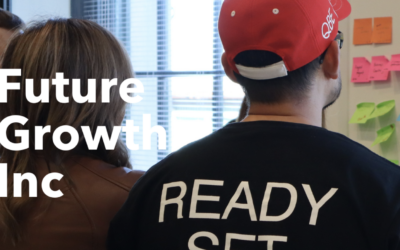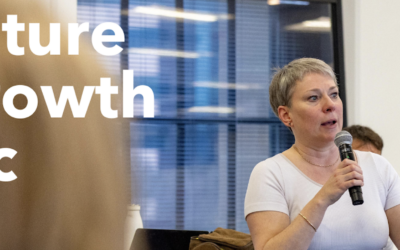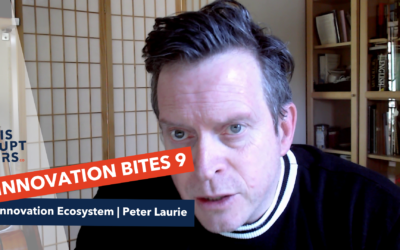During my recent visit to Copenhagen, I heard neuroscientist, author and speaker, Katarina Gospic, talk about the way that our brain processes data and makes decisions. She explained about the ancient brain – the limbic network that has been slowly developing over thousands, perhaps millions, of years. And also about the new brain – the frontal lobe – which has only been evolving for a few thousand years. It is this frontal lobe that carries out the higher mental processes like thinking, decision making and planning while the limbic system is responsible for our emotions, memories and what we call our “gut instinct”.
The ancient brain is vast – spread through the body via a range of senses. And it is fast. Very fast. The new brain, by comparison is slow. Much slower. So slow, in fact, that our gut instinct – the decisions that come from our limbric brain – come to us way ahead of our slower, thinking part of the brain brain.
Which of our brains make the best decisions?
I have always relied on a combination of both gut instinct and analysis. The limbic system, however, operates so quickly that it can easily confuse us. For example, we can make a determination based on gut instinct and then rationalise it through slower, deeper analysis in the frontal lobe. This is otherwise known as “jumping to conclusions” and we are all susceptible to this joy.
When analysing the year’s downloads of Disruptor’s Handbooks, I noticed a massive spike of activity in early December. This coincided with the release of our Growth Hacking handbook. I connected cause and effect. Here is the chart.
With all of our handbooks and innovation techniques, we encourage our clients to actively document their processes and assumptions. Through this kind of documentation we are able to more objectively assess our hypotheses and determine where the truth might be in the data. But …
Because the data was telling me what I wanted to see, I was pleased. It accorded with my experience of the growth of both our subscriber base and our consulting services. I could see:
- Very slow, initial growth – the hard work of consistent publishing and community building takes time to play out
- Gradual ramping – after months of effort, we began to see some growth in volume while keeping the velocity relatively stable. I would note that this was reinforced by subscriber growth which was growing steadily during the same time
- Spike – during early December, at the time of launch of our Growth Hacking handbook, there was a significant spike of clicks and downloads.
I had fallen victim to my own confirmation bias. I had seen what I wanted to see and it was reinforced by secondary data – subscription growth statistics and a new publication:
In psychology and cognitive science, confirmation bias (or confirmatory bias) is a tendency to search for or interpret information in a way that confirms one’s preconceptions, leading to statistical errors.
Revisiting data with a clear brain
When I looked more closely I was surprised to see that the downloads that accounted for the vast majority of the spike was not the handbook on Growth Hacking, but one of our first handbooks. The Disruptor’s Canvas – a reworking of the one page business model canvas for disruptive innovation.
And this has now prompted a whole range of new inquiries:
- What was the trigger?
- Who was the source?
- Does the flow work?
But the most important aspect of this is that it has reminded me to write my assumptions down and then test the data against them.





